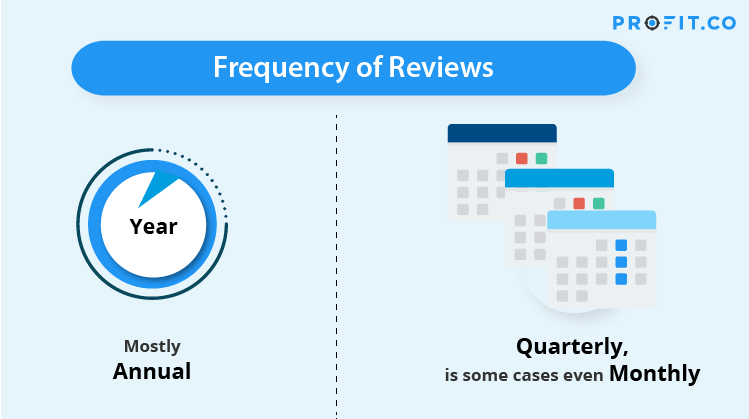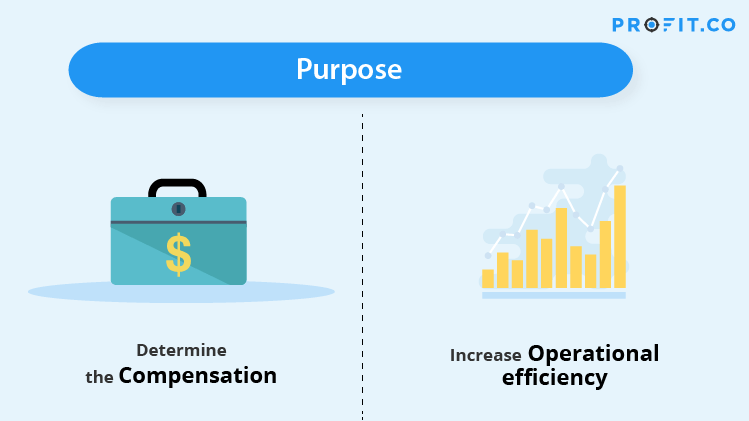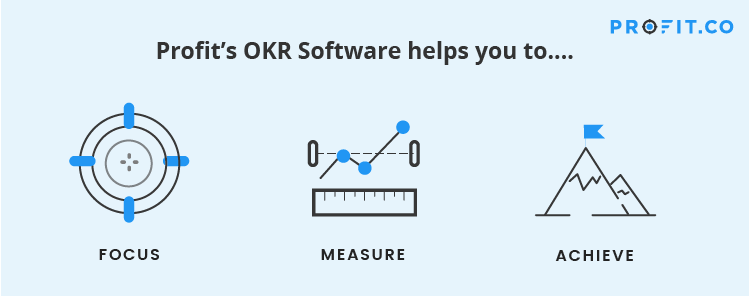Introduction
A performance evaluation is an opportunity for a company to discuss their performance goals and organizational priorities. The most significant advantage of performance reviews is the chance to improve the overall operation of the organization. By taking the time to analyze the work the company has done, areas that need attention can be identified. Reviews can even be of great help to the employees of the company. Businesses that give regular feedback to their employees have seen increased engagement. According to Forbes, several studies have found positive correlations between employee engagement and quality, sales, service, customer retention, safety, and total shareholder returns.TL;DR
OKRs (Objectives and Key Results) and MBOs (Management by Objectives) are both goal-setting frameworks, but they differ in review frequency, transparency, measurement, and compensation linkages. MBOs focus on annual, manager–employee evaluations tied to compensation, while OKRs emphasize quarterly, transparent, team-aligned, and quantitatively measurable goals. OKRs are modern, agile, and widely used in companies like Google and Intel, while MBOs remain foundational but less adaptive.Figuring out what to do is important. But doing it and doing it well is equally important.
What are OKRs?
OKR stands for Objectives and Key-Results. Like MBO, this is also a goal-setting framework. It is a way of setting and communicating organizational goals to get everyone to focus on a common goal. OKR is, without a doubt, more popular than MBO. Recently, it has been getting a lot of attention due to its use in industry-leading companies such as Google and Intel. Hence, many people think that OKR is a new approach, but it has been around for decades. The concept was first introduced by Andy Grove, the former CEO of Intel. Then, Google investor John Doerr vastly popularized it. OKR is a metric that forces companies to separate what is most significant from other trivial aspects. They are most commonly used to set quarterly goals. More companies have been adopting it due to its aggressive goal-setting strategy. Not only that, but it also takes quantifiable steps to measure these goals. One of the most agile and intuitive goal-setting softwares is offered by Profit. You can get started on Profit.co completely free today! OKR is a straightforward approach that uses well-defined metrics to track the achievement of a goal. Usually, organizations have a few high-level, standard, quality objectives and three to five results per objective. It also heavily emphasizes performance and financial growth.What are MBOs?
MBO stands for Management by Objectives. It is a method of improving organizational performance. All MBOs work by setting clearly defined goals that are agreed upon by the management and the employees. Peter Drucker first formulated this approach in 1954. In this goal-oriented management approach, managers align employee’s KPI (Key Performance Indicators) to organizational goals. It also makes the employees more committed, which, in turn, makes them more motivated. Companies that use MBOs to set goals quarterly, see 31 percent greater returns than those who set yearly goals. Hence, this could imply that more frequent reviews improve performance. Here are steps to put Management by Objectives into practice:- Revision of Objectives – Before starting, the organization must determine whether they want to revise its objectives or set new goals. This decision must align with the company’s vision.
- Translate Objectives to Employees – Drucker said that the objectives must be SMART (specific, measurable, acceptable, realistic, time-bound) to be easily explained to employees.
- Stimulate Employee Participation – The company must set individual objectives to improve employee participation. All targets must be shared with employees in a top-down hierarchy. The employees must also be encouraged to set their own goals to achieve broader organizational objectives.
- Monitoring Progress – The objective must be measurable so that managers can determine how these targets are met.
- Reward Employees – Each employee must be given honest feedback on what was achieved and not achieved.
What is the Difference Between OKRs and MBOs?
Even though the two might look quite similar on the surface, these two frameworks have a lot of subtle differences. OKR puts a greater emphasis on goal-setting. It offers more clarity by outlining how the company defines success, and determines the necessary steps to achieve those goals. To see these characteristics of OKR in action on the Profit.co software, you can book a free demo with our OKR experts!Experience these benefits with our Free Forever plan!
1. Frequency of Reviews –Companies that use MBO-style, conduct annual performance reviews. The objectives are set at the beginning of the year and evaluated at the end. Their goals tend to be broad and strategic.

2. Measurement and Scoring – MBO calculates measurements using both qualitative and quantitative data. The scores are flexible and can adapt to a company’s needs. OKRs are always quantitative. Therefore, companies can accurately quantify their performance indicators to see their results.
3. Transparent not siloed – MBO feedback is discussed privately between the manager and the employee. Organizational goals are not shared with the team.

4. Compensation – In MBOs, an employee’s level of compensation is determined based on annual performance. They focus on the individual performance of the employee.


Ready to start your OKR Journey for FREE?
MBOs focus on annual, manager–employee performance reviews, while OKRs emphasize quarterly, transparent, and team-aligned goals measured quantitatively.
MBOs were created by Peter Drucker in 1954, while OKRs were developed by Andy Grove at Intel and popularized by John Doerr at Google.
MBOs are typically reviewed annually, whereas OKRs are reviewed quarterly, allowing organizations to adapt and adjust faster.
MBOs directly link compensation to annual results, while OKRs focus on achieving excellence and measurable outcomes, not just pay incentives.
OKRs provide agility, transparency, and measurable tracking, making them better suited for modern, fast-paced organizations compared to traditional MBOs.
Related Articles
-
How Should Enterprises Redesign OKRs for Better Execution at Scale?
A lot of companies try to use startup-style OKRs, only to find they fall flat as the business grows. This... Read more
-
OKR 101: 38 Most Common OKR Questions Answered
OKRs (Objectives and Key Results) are one of the most powerful ways to connect strategy with execution. Whether you're a... Read more
-
Measuring OKR Program ROI at Enterprise Scale
How to measure the business impact of managing strategic goals in big companies and set up the systems that show... Read more
-
Why is Culture Important to the Success of a Merger & Acquisition Strategy?
Many companies begin discussing mergers and acquisitions with meticulous plans and comprehensive financial models. But soon after the deal is... Read more




